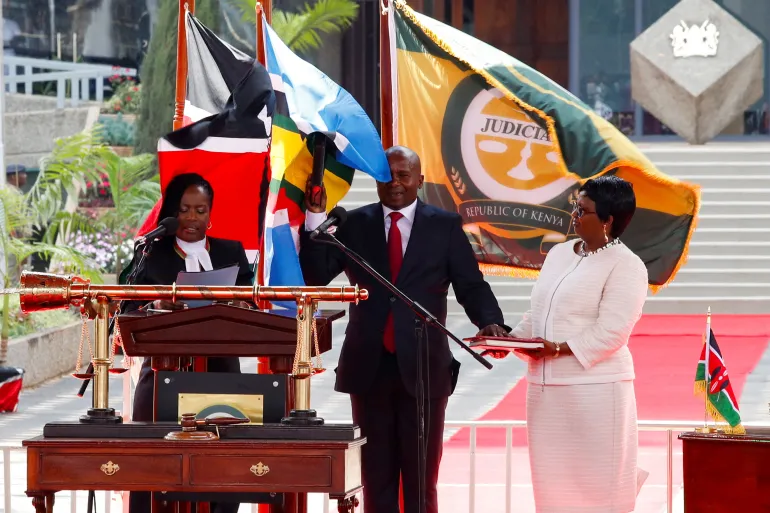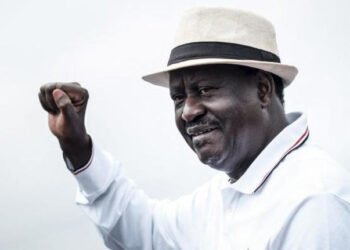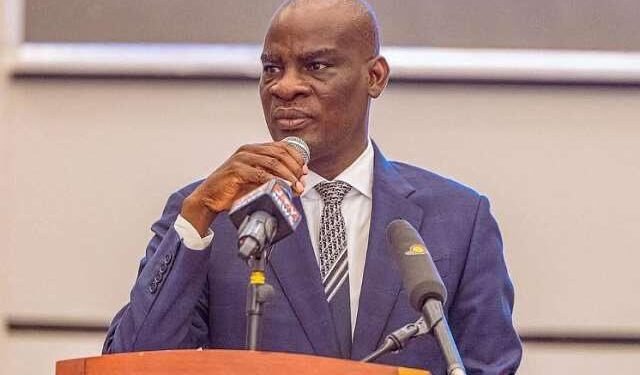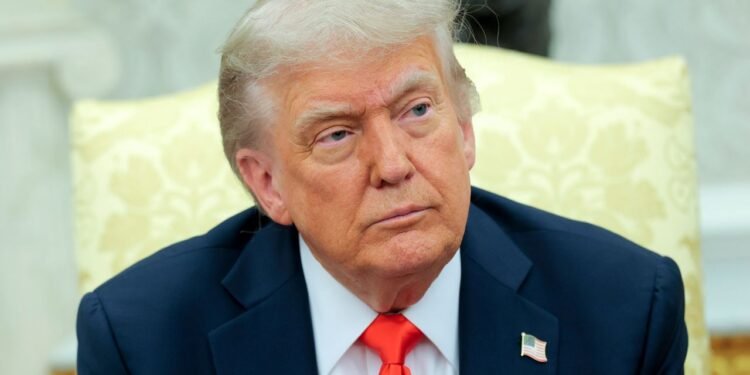Kithure Kindiki was sworn in as Kenya’s deputy president on Friday, following weeks of legal battles and an intense public ceremony.
His inauguration came after Kenya’s high court removed an injunction that had stalled his oath-taking, ending the challenge initiated by former Deputy President Rigathi Gachagua, who was impeached by parliament.
Kindiki took his oath at the Kenyatta International Convention Centre in Nairobi, standing before the Chief Registrar and a large crowd of more than 100,000 attendees, including President William Ruto, diplomats, and dignitaries. Friday, November 1, was declared a public holiday in celebration of Kindiki’s inauguration.
The senate had removed Gachagua from office in October, citing “gross violation of the constitution” and “stirring ethnic hatred.” Gachagua rejected the charges, calling them “politically motivated.” Ruto, who had nominated Kindiki as his replacement within hours of Gachagua’s impeachment, welcomed the court’s decision to clear the way for Kindiki’s formal appointment.
Court Cites ‘Public Interest’ in Deputy Role
On Thursday, October 31, a three-judge panel ruled that the deputy president’s office could not remain vacant, describing the position as essential for government continuity. Justice Anthony Mrima, one of the presiding judges, stated, “Public interest demands that the office of the deputy president should not remain vacant.”
The ruling removed the legal barriers to Kindiki’s swearing-in but allowed Gachagua’s legal team to continue with appeals against his impeachment, leaving open the possibility of further challenges. Gachagua’s lawyers have announced their intention to appeal the decision, arguing that the impeachment process was flawed.
Political Shifts Amid National Challenges
Earlier this year, Kenya faced mass protests in response to tax hikes that fueled inflation and public frustration. President Ruto, seeking to ease tensions, formed a unity government by appointing opposition members to his cabinet.
This political realignment marginalized Gachagua, who had been a loyal ally to Ruto and was instrumental in delivering votes from the Mount Kenya region during the last election.
Following the court’s ruling, Ruto made swift adjustments to his cabinet, appointing Musalia Mudavadi, the foreign minister, to replace Kindiki in the interior ministry. This move was seen as an effort to maintain political stability and security amid recent disruptions.
The strain between Gachagua and Ruto had intensified over policy disputes, with the former deputy president publicly opposing forced evictions in flood-prone areas. His stance highlighted differences within the ruling United Democratic Alliance (UDA), particularly on issues of humanitarian policy.
Gachagua’s position on forced evictions during heavy rains, which led to widespread flooding and fatalities, was seen by some in the UDA as a defiance of the party line, and this added fuel to his eventual ousting.
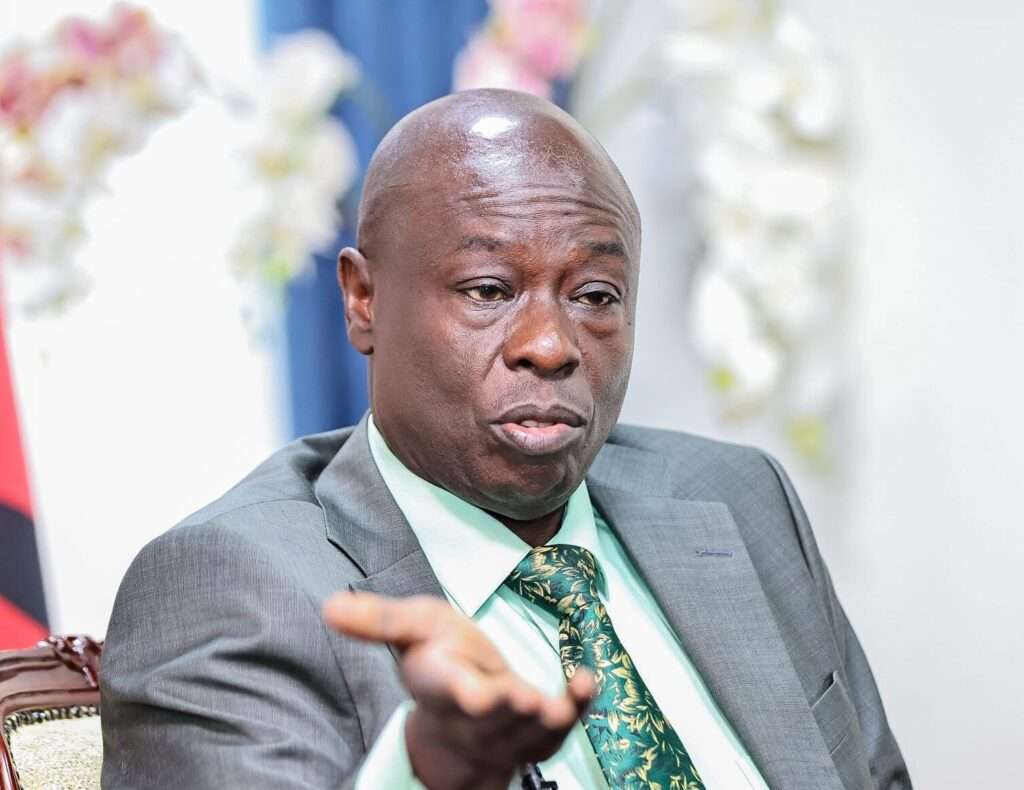
A New Chapter for Kindiki and Kenya’s Leadership
Kithure Kindiki, a 52-year-old former law professor and seasoned politician from the Mount Kenya region, had previously served as senator and was one of the top contenders for the role of Ruto’s running mate in 2022.
Although he was appointed interior minister instead, Kindiki’s reputation as a respected leader and advocate for policy reform paved the way for his eventual appointment as deputy president.
As such, Kenya now embarks on a new chapter, with Kindiki positioned to address the socio-political challenges facing the nation. His role will be pivotal in navigating both economic reforms and the underlying divisions within the UDA, while the government’s new unity structure seeks to build confidence among the Kenyan people.
READ ALSO: South African Group Demands Adetshina’s Pageant Disqualification



